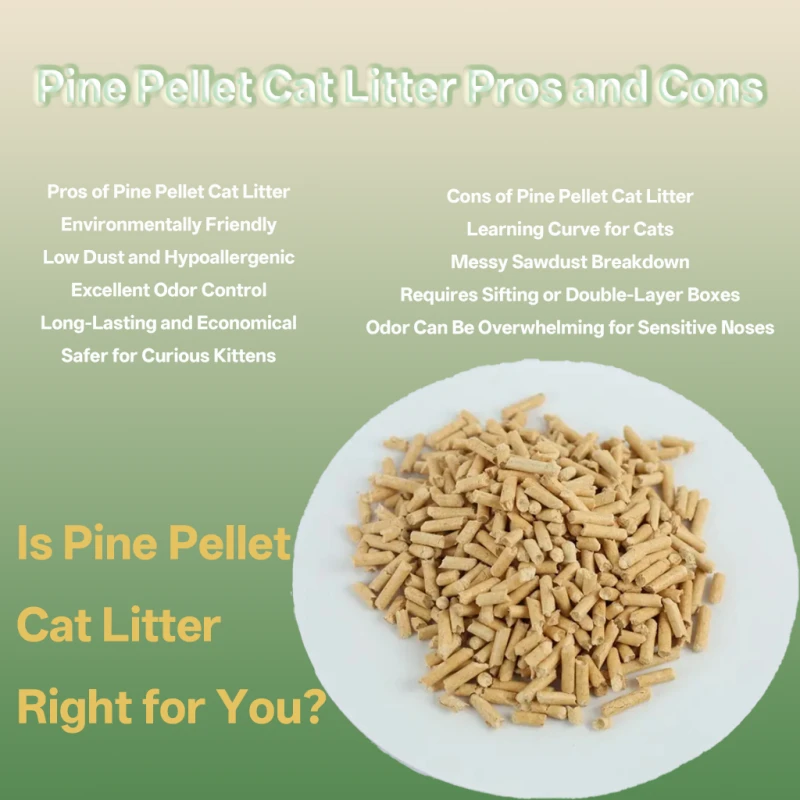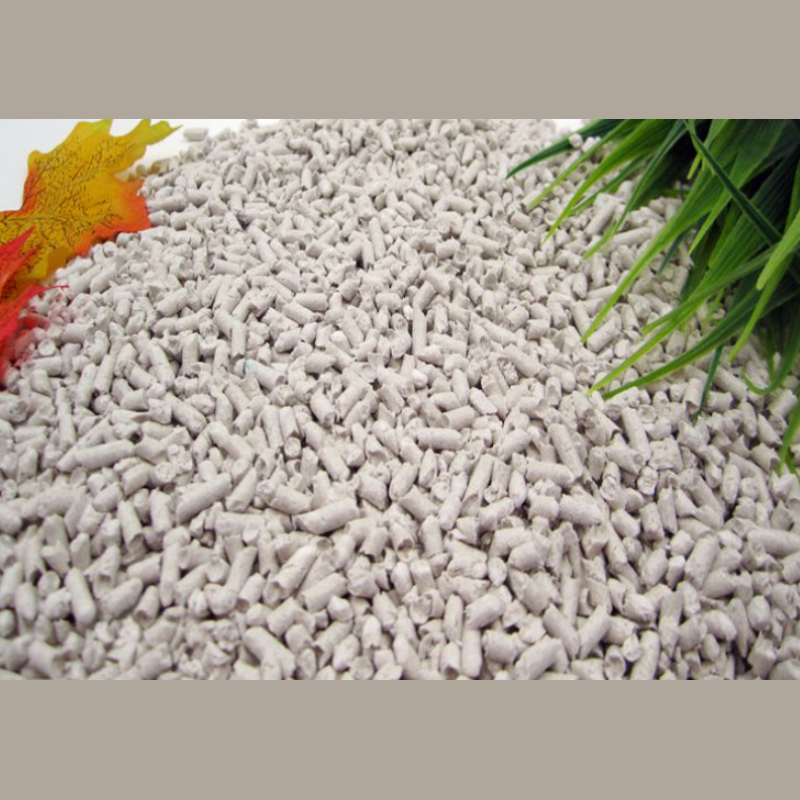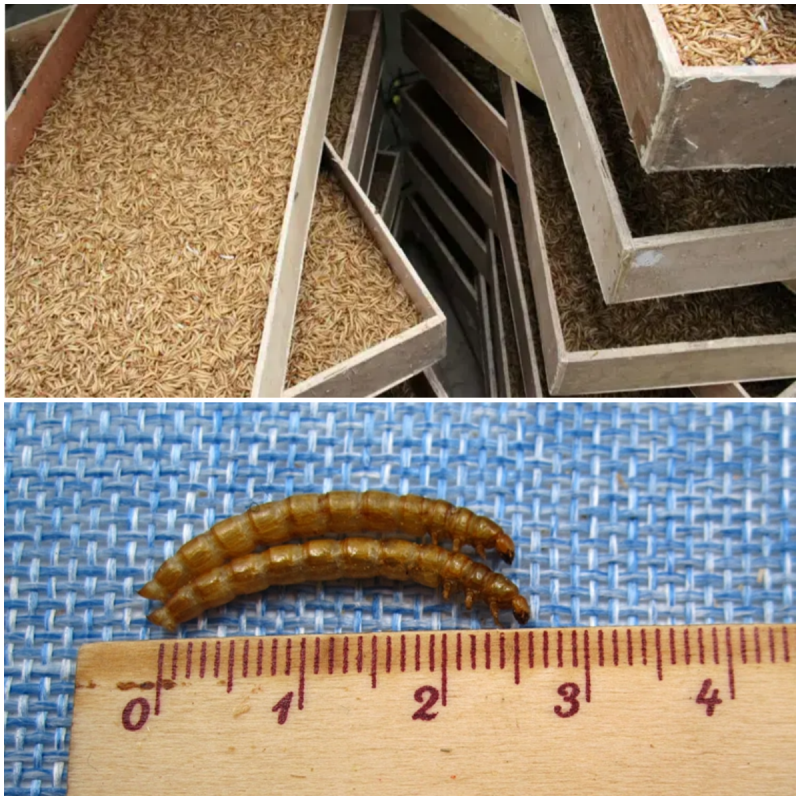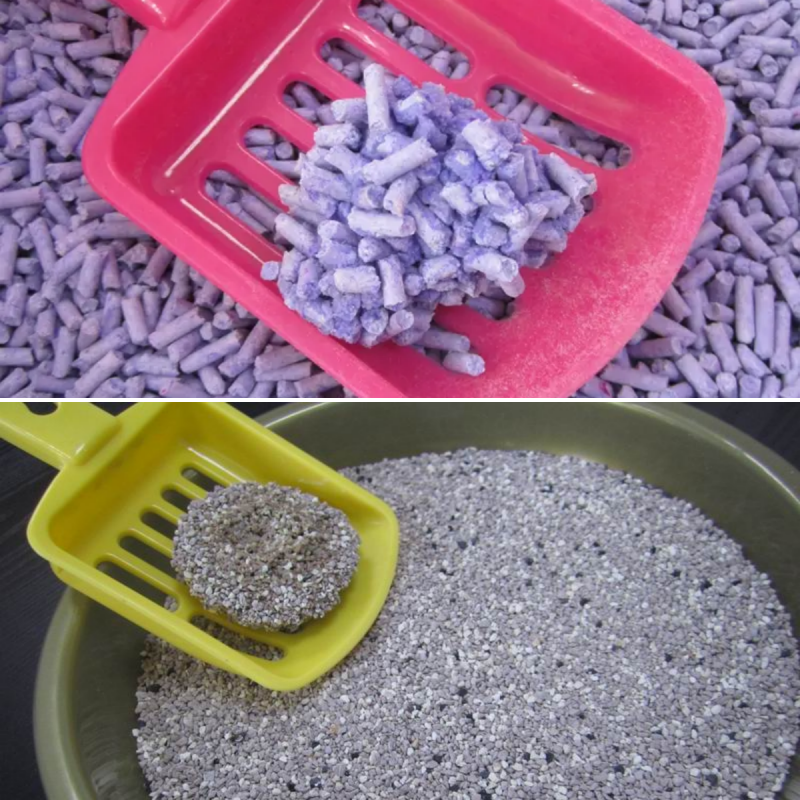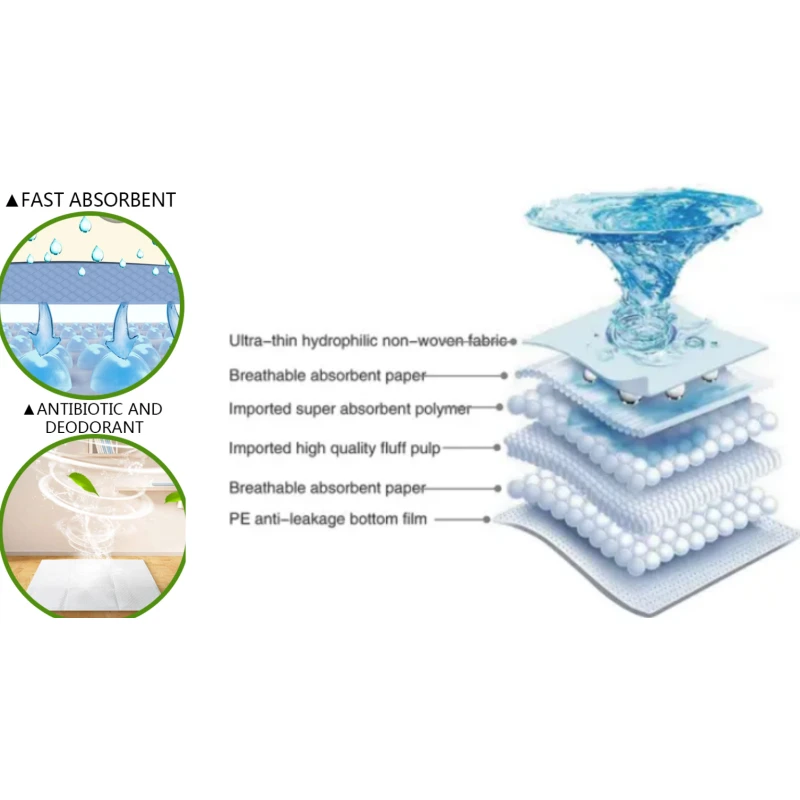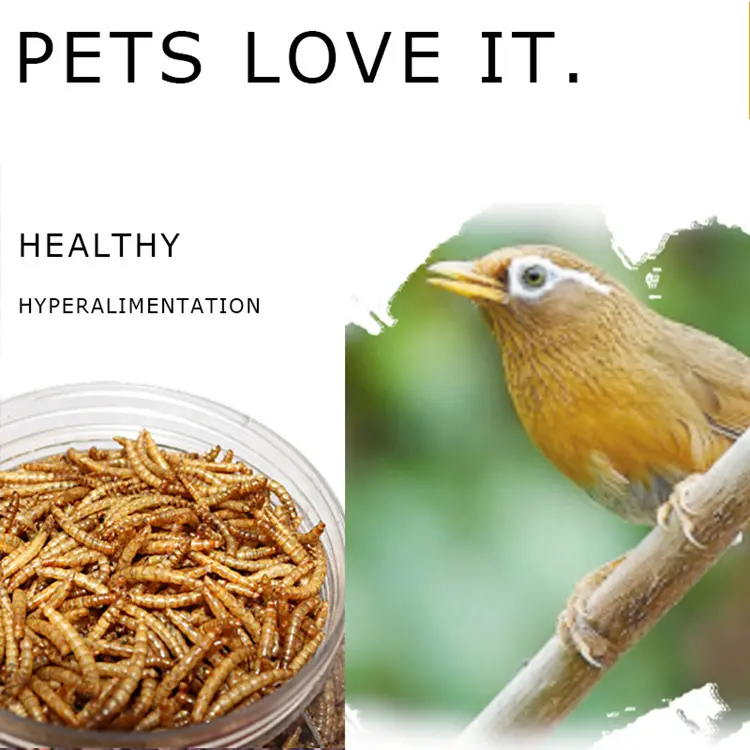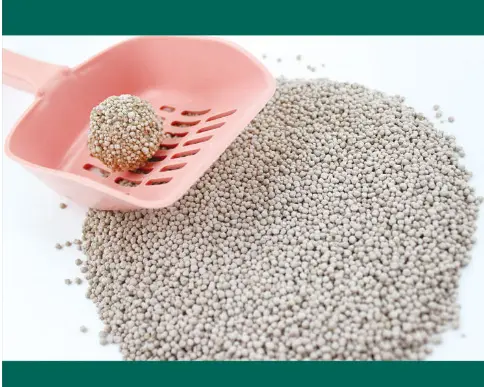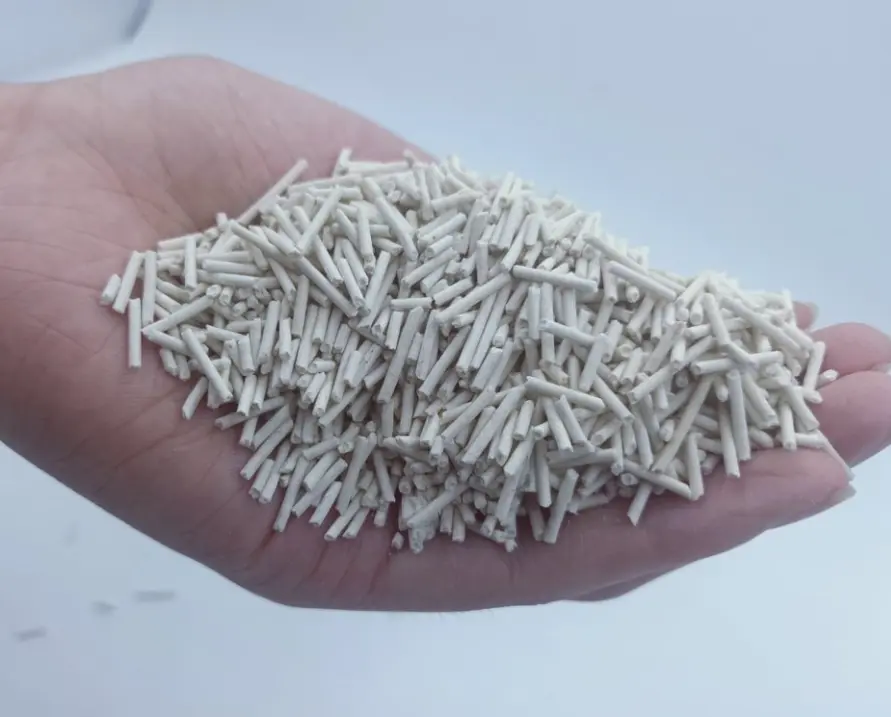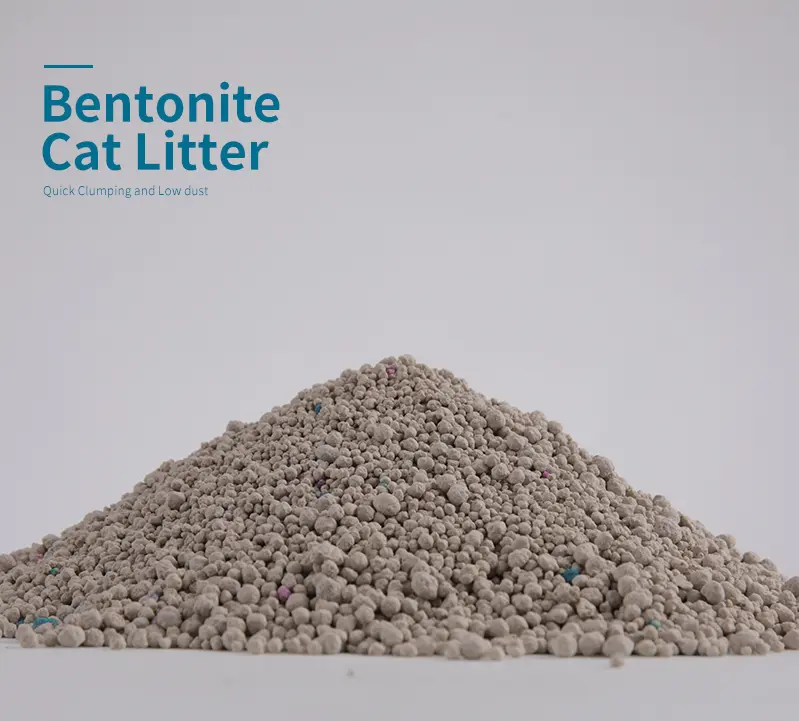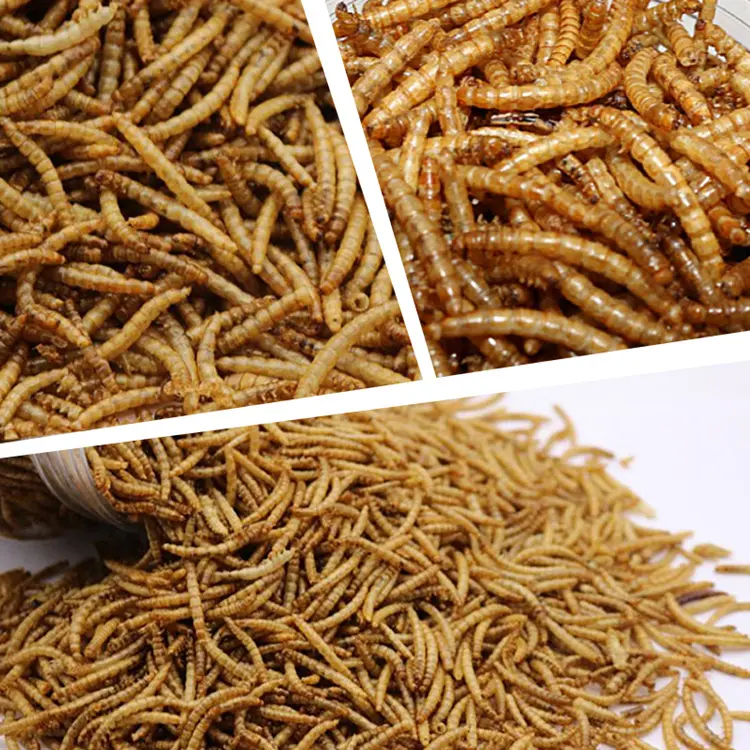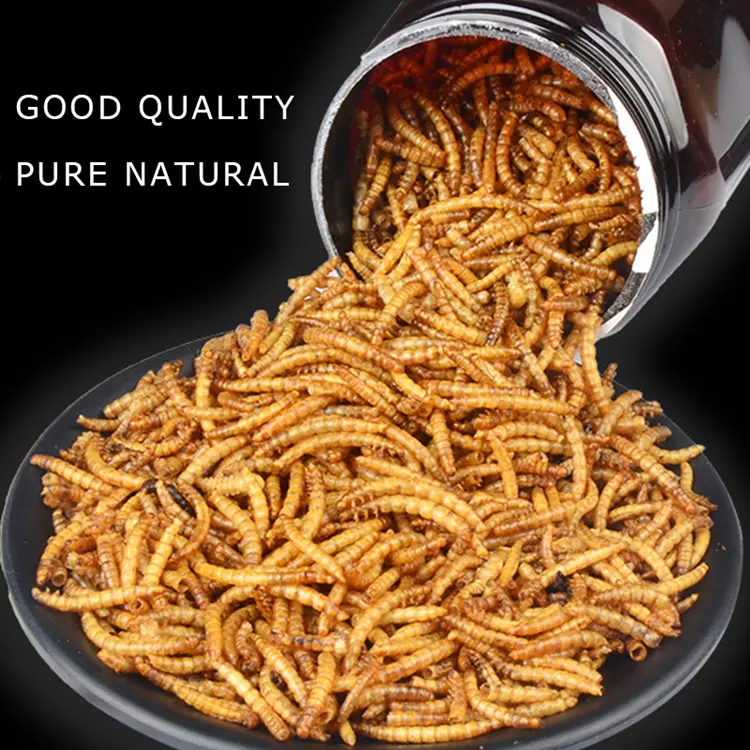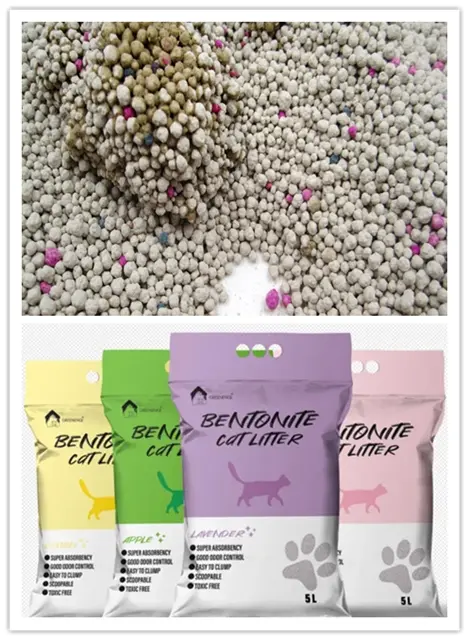Choosing the right cat litter can feel a bit like falling down a rabbit hole—so many options, each with their own promises and pitfalls. One type that's gained significant attention lately is pine pellet cat litter. But is it truly the purr-fect solution, or just another trendy product in the booming pet care market? Let’s untangle the facts with a deep dive into the pros and cons of pine pellet cat litter, backed by real-world research and market data.
What is Pine Pellet Cat Litter?
Pine pellet cat litter is made from compressed sawdust, usually sourced from sustainable pine wood. The manufacturing process involves heating the sawdust to high temperatures to sterilize it, removing potential toxins, and compressing it into small, dense pellets. This type of litter is considered eco-friendly and is especially popular among pet parents who want to minimize their environmental footprint.
Interestingly, companies like Green Pet Care Co., Ltd., a leader in the pet product industry with years of export experience, have included pine pellet cat litter in their expansive catalog. Known for high-quality yet affordable pet solutions, Green Pet Care’s pine cat litter reflects the company’s dedication to creating a "healthy green paradise" for pets globally.
Pros of Pine Pellet Cat Litter
Let’s tackle the upsides of this product first. Whether you're environmentally conscious, budget-minded, or simply after convenience, pine pellets have a lot to offer.
1. Environmentally Friendly
Pine pellet litter is biodegradable and made from renewable resources. The sawdust used often comes from lumber industry by-products, making it a smart way to recycle wood waste.
Table 1: Environmental Impact Comparison
| Litter Type | Biodegradable | Renewable Material | Compostable |
|---|---|---|---|
| Pine Pellet | Yes | Yes | Yes |
| Bentonite (Clay) | No | No | No |
| Silica Gel | No | No | No |
| Tofu/Corn Litter | Yes | Yes | Yes |
It's easy to see why many eco-conscious pet owners gravitate toward pine pellets.
2. Low Dust and Hypoallergenic
For cats and humans with allergies, dust from traditional litters like bentonite can be a nightmare. Pine pellets produce minimal dust, making them a healthier alternative for respiratory systems—both feline and human.
Research Insight: According to a 2023 survey by PetCare Insights, 63% of cat owners reported a noticeable decrease in household dust levels after switching to pine pellet litter.
3. Excellent Odor Control
The natural pine scent does more than evoke the cozy feel of a forest cabin—it actively neutralizes odors. Pine contains compounds like pinenes that naturally combat ammonia smell from cat urine.
4. Long-Lasting and Economical
Pine pellets tend to last longer than traditional litters because they expand and break down into sawdust when exposed to moisture. This means fewer full litter changes and more top-offs.
Table 2: Average Monthly Cat Litter Usage (Single Cat Household)
| Litter Type | Approx. Monthly Usage | Cost per Month (USD) |
| Pine Pellet | 15-20 lbs | $15-$20 |
| Bentonite (Clay) | 25-30 lbs | $20-$25 |
| Silica Gel | 10-15 lbs | $20-$30 |
| Tofu/Corn Litter | 12-18 lbs | $18-$25 |
Given these figures, pine pellet litter offers decent bang for your buck, especially if you’re watching your budget.
5. Safer for Curious Kittens
Unlike clay litters that can cause intestinal blockages if ingested, pine pellets break down naturally, reducing risk if your curious kitten samples the product—though it’s never encouraged!
Cons of Pine Pellet Cat Litter
Of course, no product is perfect. Pine pellet cat litter has its drawbacks, and it’s important to weigh these against the benefits.
1. Learning Curve for Cats
Some cats, especially those accustomed to soft, sandy litters like bentonite, may not immediately take to the coarse texture of pine pellets. This transition period can cause temporary litter box aversion.
Pro Tip: Gradually mix pine pellets with your cat’s existing litter over 1-2 weeks to ease the transition.
2. Messy Sawdust Breakdown
While pine pellets absorb moisture effectively, they disintegrate into sawdust, which can scatter outside the litter box and require more frequent cleaning.
Table 3: Litter Scatter Comparison
| Litter Type | Scatter Rating (1=Low, 5=High) |
| Pine Pellet | 3 |
| Bentonite (Clay) | 4 |
| Silica Gel | 2 |
| Tofu/Corn Litter | 3 |
Though pine pellets reduce dust, they’re not entirely mess-free.
3. Requires Sifting or Double-Layer Boxes
Because the pellets turn into sawdust upon absorbing moisture, many owners use sifting litter boxes to separate solid waste from sawdust—an extra step some find inconvenient.
4. Odor Can Be Overwhelming for Sensitive Noses
The natural pine aroma, while pleasant to many, can be intense for some cats or humans sensitive to strong scents.
Real-World User Feedback
Incorporating data from Green Pet Care Co., Ltd.'s global customer base, it's clear pine pellet litter has a broad appeal but isn't universally adored.
Survey Results (2024, 1,200 Respondents, Green Pet Care Customers)
| Satisfaction Aspect | Positive Feedback (%) |
| Odor Control | 85% |
| Environmental Impact | 90% |
| Cat Acceptance | 65% |
| Ease of Cleaning | 70% |
| Price Satisfaction | 80% |
Notably, most complaints centered on initial cat resistance and the breakdown mess—consistent with known product cons.
Health and Safety Considerations
For many pet owners, safety is non-negotiable. Pine pellet litter offers several advantages here, especially when compared to traditional clay litters. Pine pellets are kiln-dried during processing, a method that removes potentially harmful oils and pathogens from the wood. This sterilization step means fewer health risks for your cat, particularly when it comes to respiratory irritation or bacterial exposure.
However, it's worth noting that while the risk is lower, some highly sensitive cats or those with specific respiratory issues might still react to the pine aroma. In such cases, it's wise to consult your veterinarian before switching litter types.
Pine Pellet Litter in Multi-Cat Households
If you share your space with multiple feline friends, choosing the right litter becomes even trickier. Pine pellets can work in multi-cat homes, but expectations need adjustment. The breakdown of pellets into sawdust happens faster with several cats using the same box, which means more frequent cleaning and top-ups.
Many experienced multi-cat owners recommend using larger, double-layer litter boxes with sifting trays—these allow the sawdust to fall through while keeping intact pellets on top, simplifying maintenance. Brands like Green Pet Care Co., Ltd. provide high-capacity options and complementary accessories designed with busy households in mind.
Is Pine Pellet Cat Litter Right for You?
At the end of the day, whether pine pellet litter suits your feline friend depends on your household priorities.
Choose Pine Pellet Cat Litter If:
You prioritize sustainability and eco-conscious products.
You or your cat have dust allergies.
You’re looking for affordable, long-lasting litter.
You’re okay with using a sifting box or dealing with some sawdust cleanup.
Consider Alternatives If:
Your cat is highly particular about litter texture.
You dislike the idea of extra sifting or sawdust mess.
You or your cat are sensitive to pine aromas.
Conclusion: A Green Choice with Nuances
Pine pellet cat litter represents an eco-forward, budget-friendly, and largely effective option for odor control and low dust environments. But like all things in life, it comes with nuances that prospective users should consider.
Companies like Green Pet Care Co., Ltd. continue to innovate in this space—providing not just pine litter, but also tofu, corn, and traditional options to suit diverse cat and owner preferences. With over 2,000 tons of cat litter sold monthly, their reputation for quality and affordability reflects real-world trust.
Choosing cat litter might not be as dramatic as adopting a new pet—but considering how many hours your cat spends in their litter box, it deserves serious thought.
So, will pine pellet litter be your next eco-conscious switch? That, my friend, is for you and your whiskered companion to decide.
